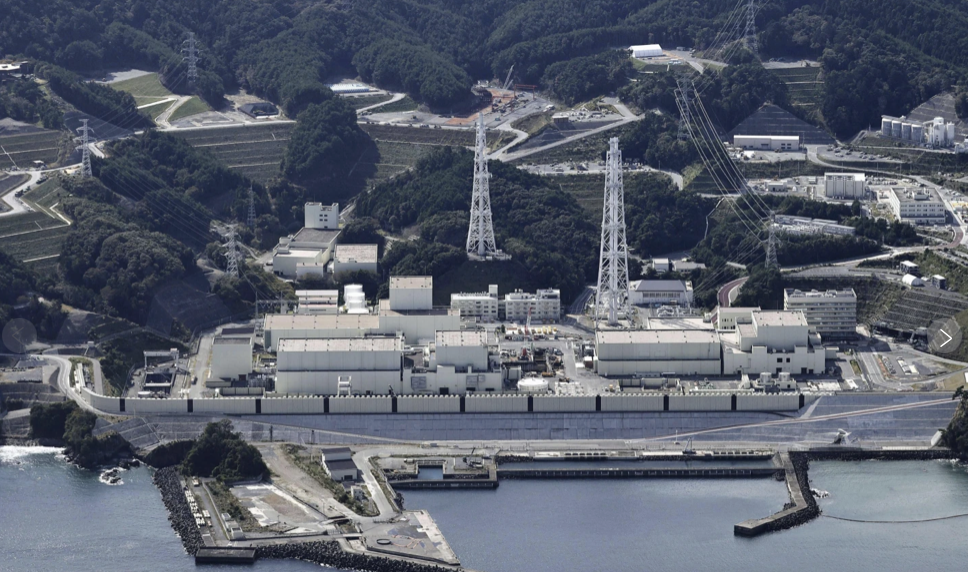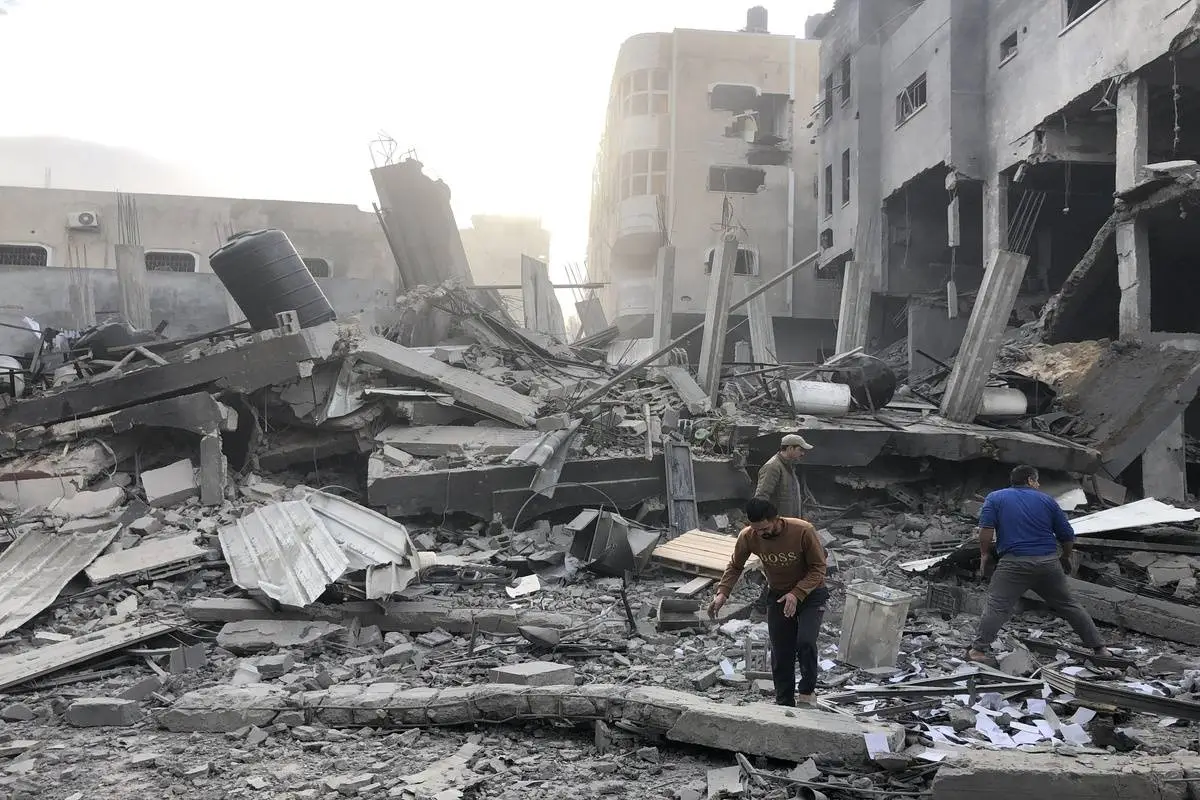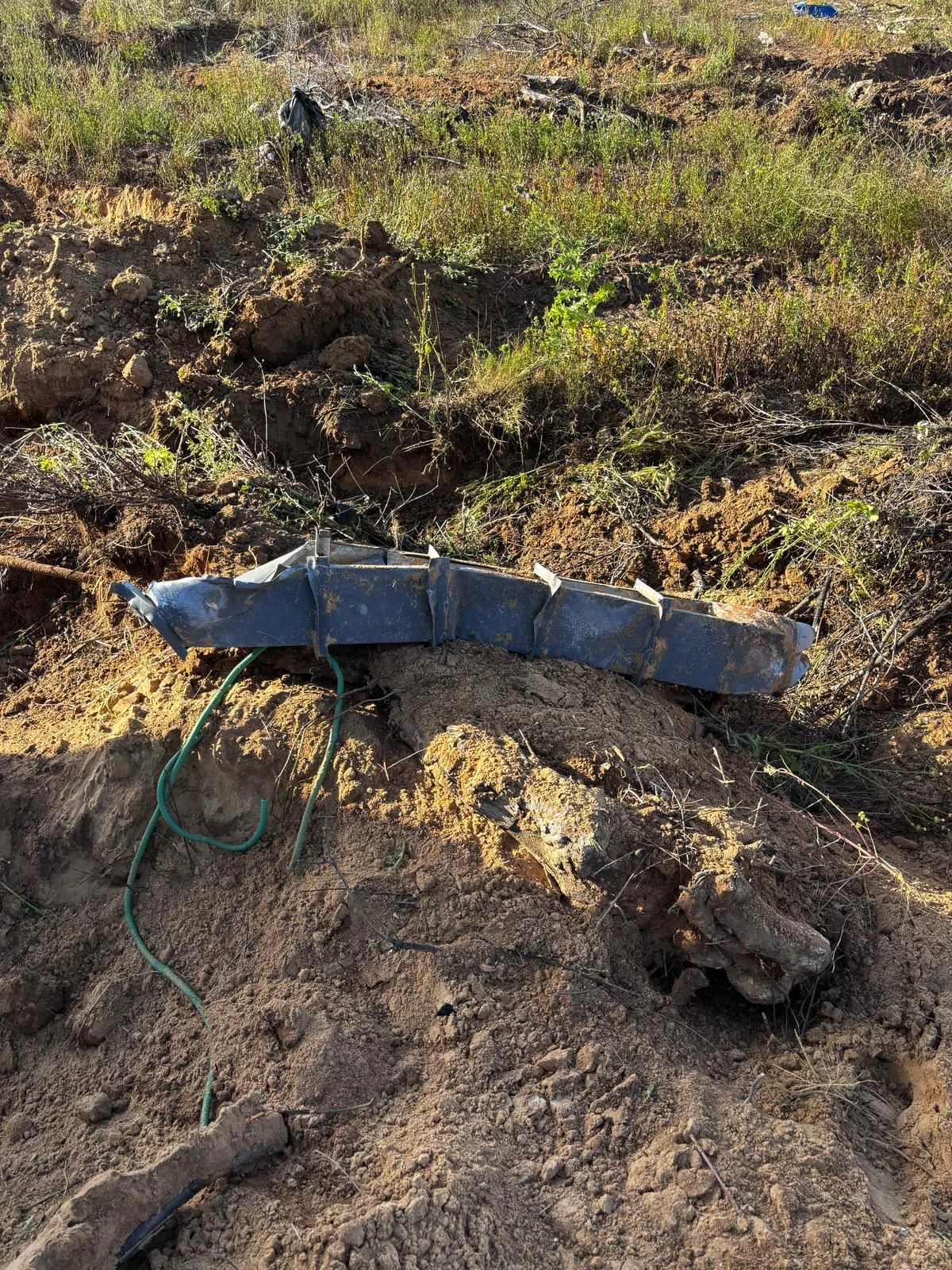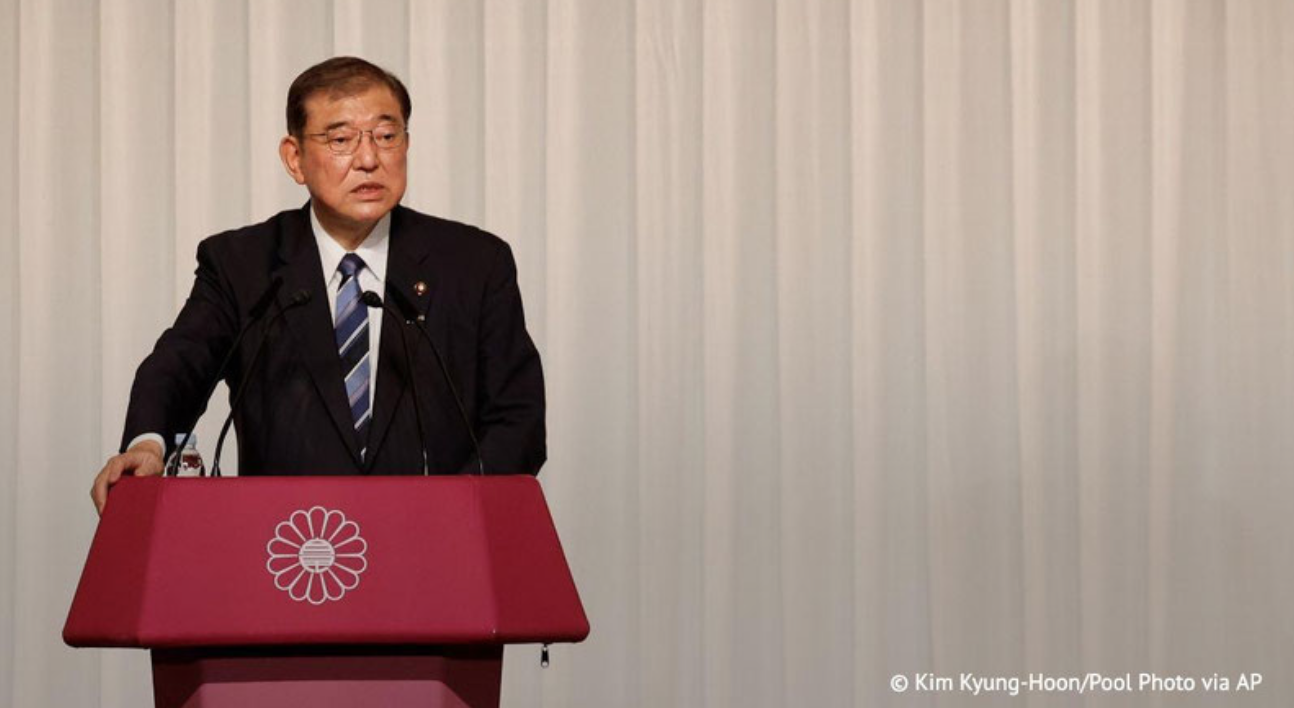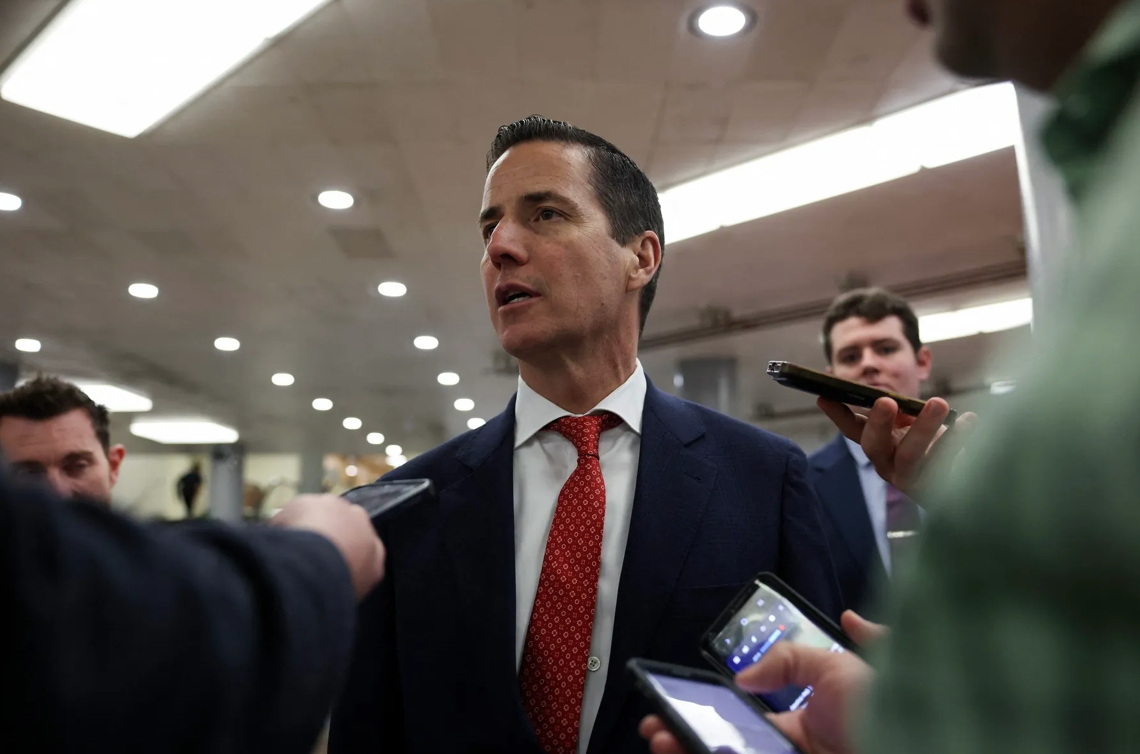The Onagawa nuclear power plant. Photo: Juntaro Yokoyama/Kyodo News via AP
On Monday morning, the Onagawa nuclear power plant in northern Japan suffered an emergency shutdown of its No. 2 reactor, just five days after it was restarted. This event was significant because it was the first time in more than 13 years that a Japanese reactor was allowed to operate, the Associated Press reports.
Reactor 2 was severely damaged during the 9.1 magnitude earthquake that devastated Japan in March 2011, as well as during the tsunami that hit the plant, causing significant consequences. Unlike the Fukushima nuclear power plant, whose reactors melted down after the disaster, Onagawa retained its cooling systems and three reactors were shut down in time to avoid a catastrophe.
The reactor was shut down indefinitely due to the need to re-inspect the equipment, although the Japanese authorities said it was operating normally. The decision was a result of caution, as only 33 of Japan’s 54 nuclear power plants have been deemed safe to restart after a series of repairs and safety measures.
Last year, the Japanese government adopted a strategic plan to maximise nuclear power production, in part with the aim of achieving carbon neutrality by 2050. However, the plan has been met with scepticism among the public, especially after the devastating 7.5 magnitude earthquake that struck earlier this year, killing more than 400 people and damaging more than 100,000 buildings.
However, local officials noted that of all the nuclear power plants, only two had suffered damage, and it was minor. The warnings to evacuate high-risk areas proved to be unfounded, underscoring the importance of ensuring safety at nuclear facilities.
This incident once again puts the issue of nuclear safety in Japan back on the agenda as the country continues to balance energy independence with the risks associated with nuclear energy.

